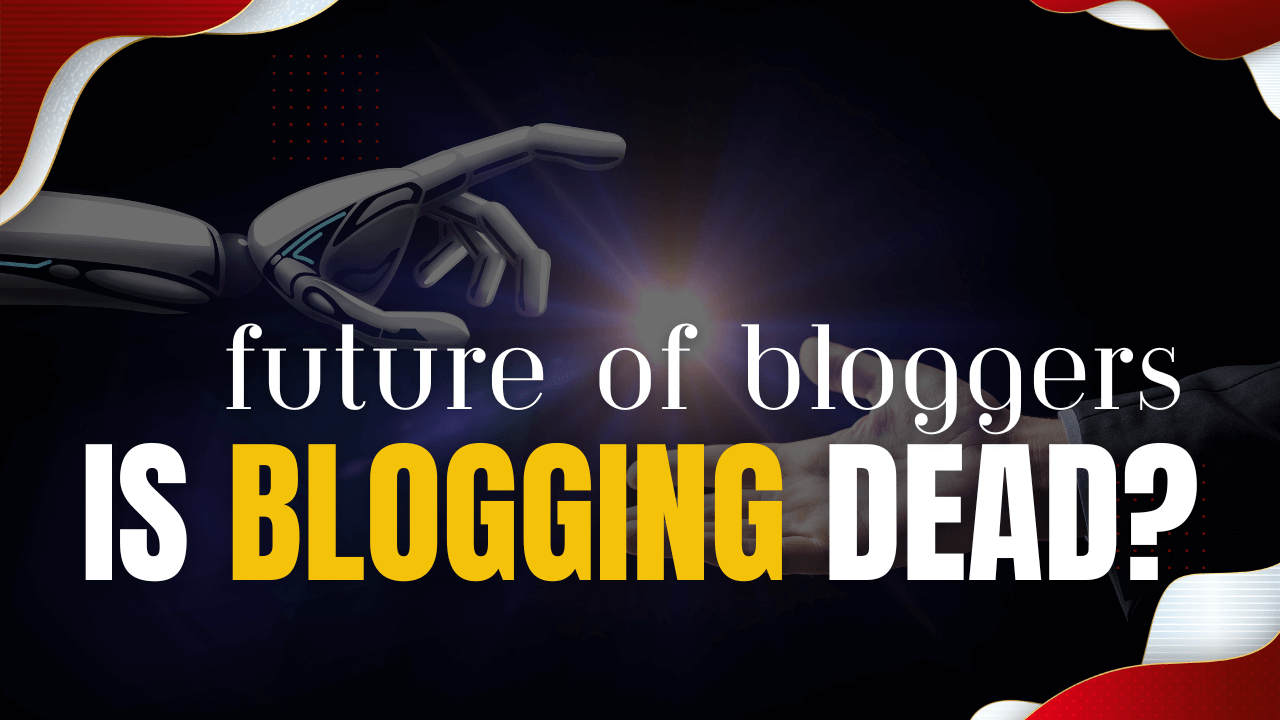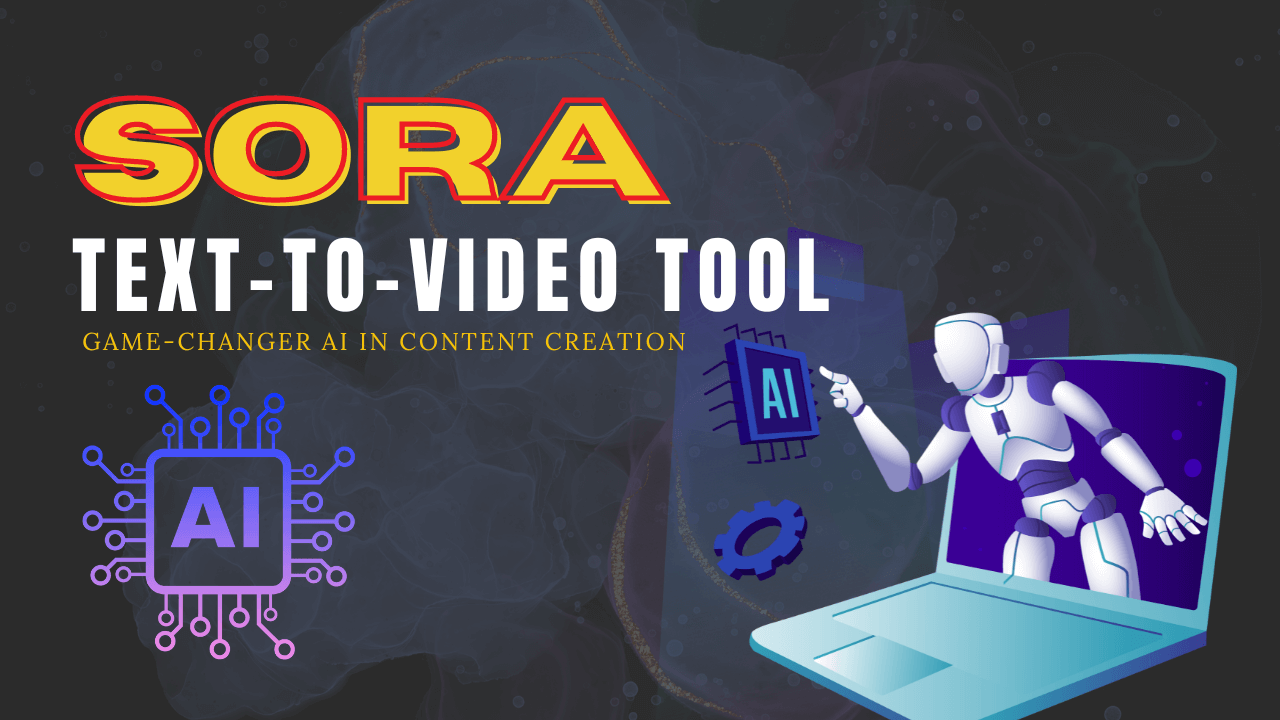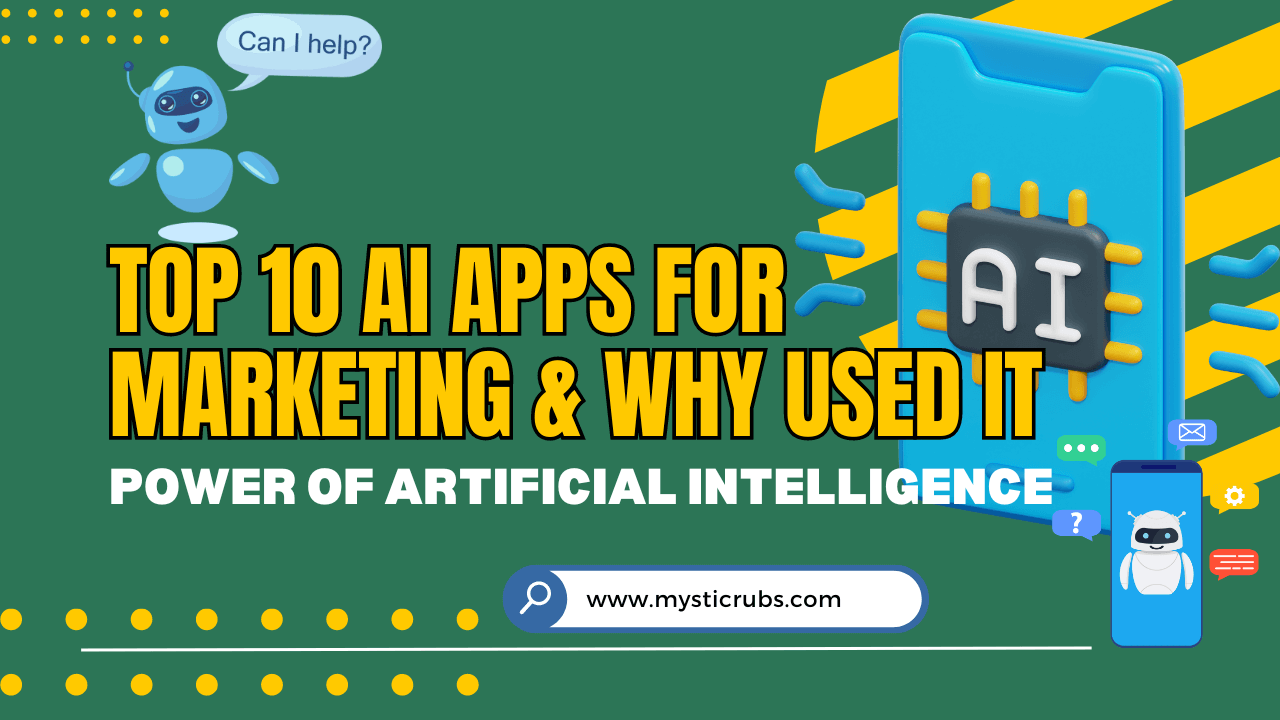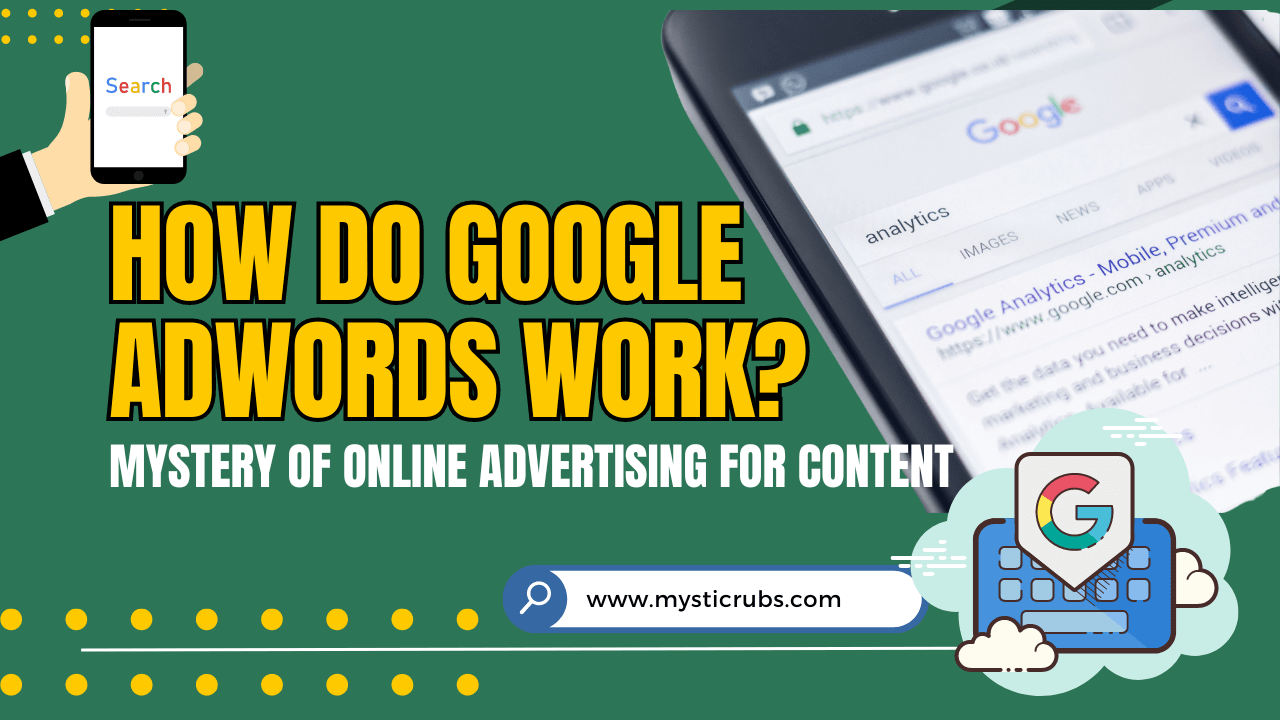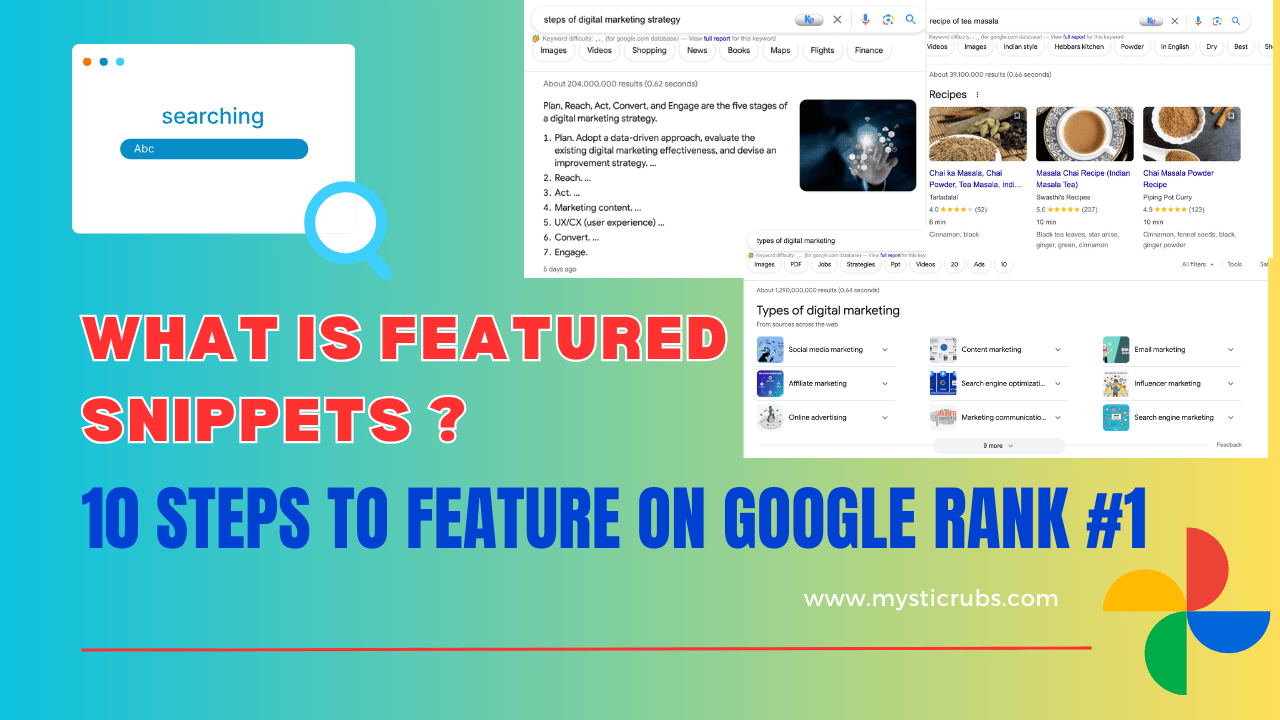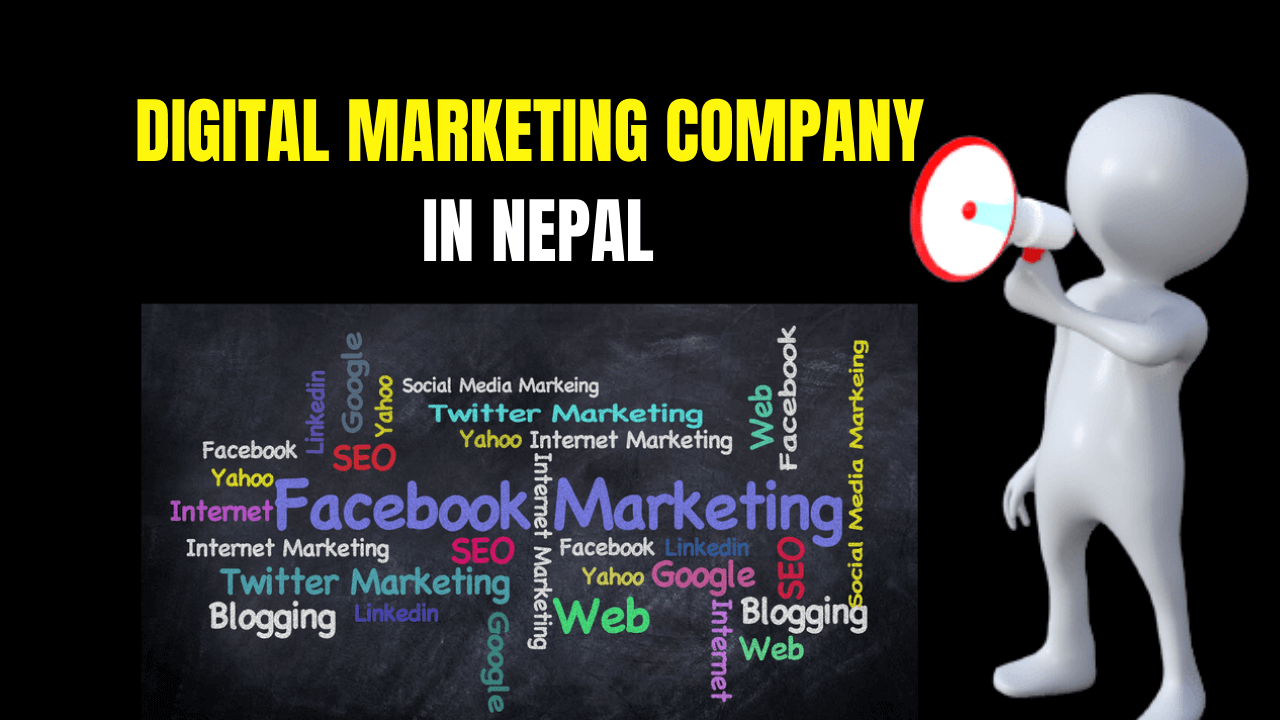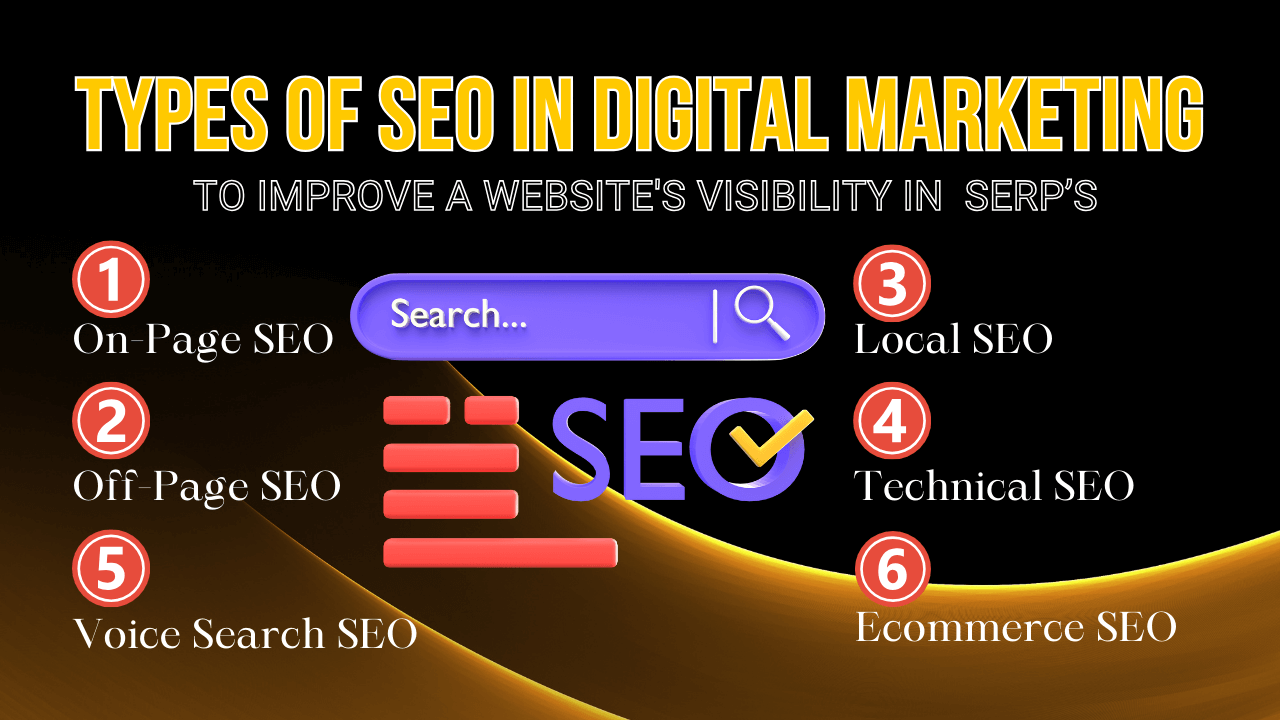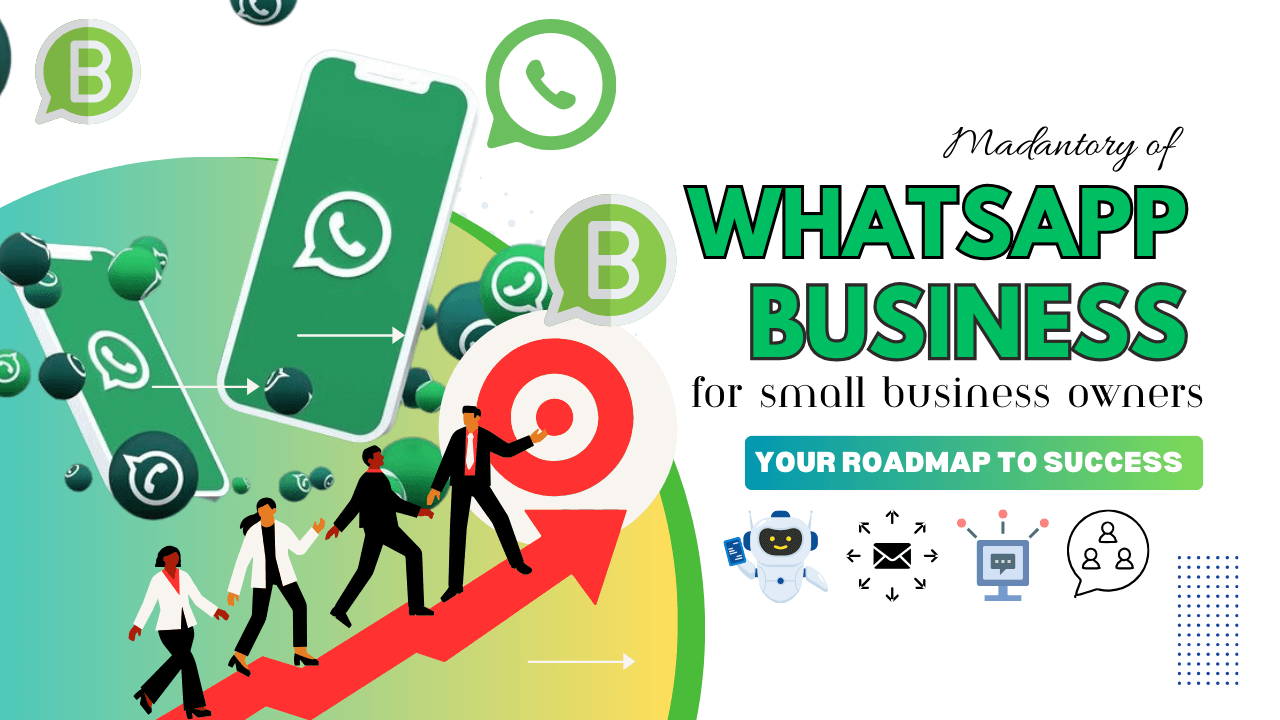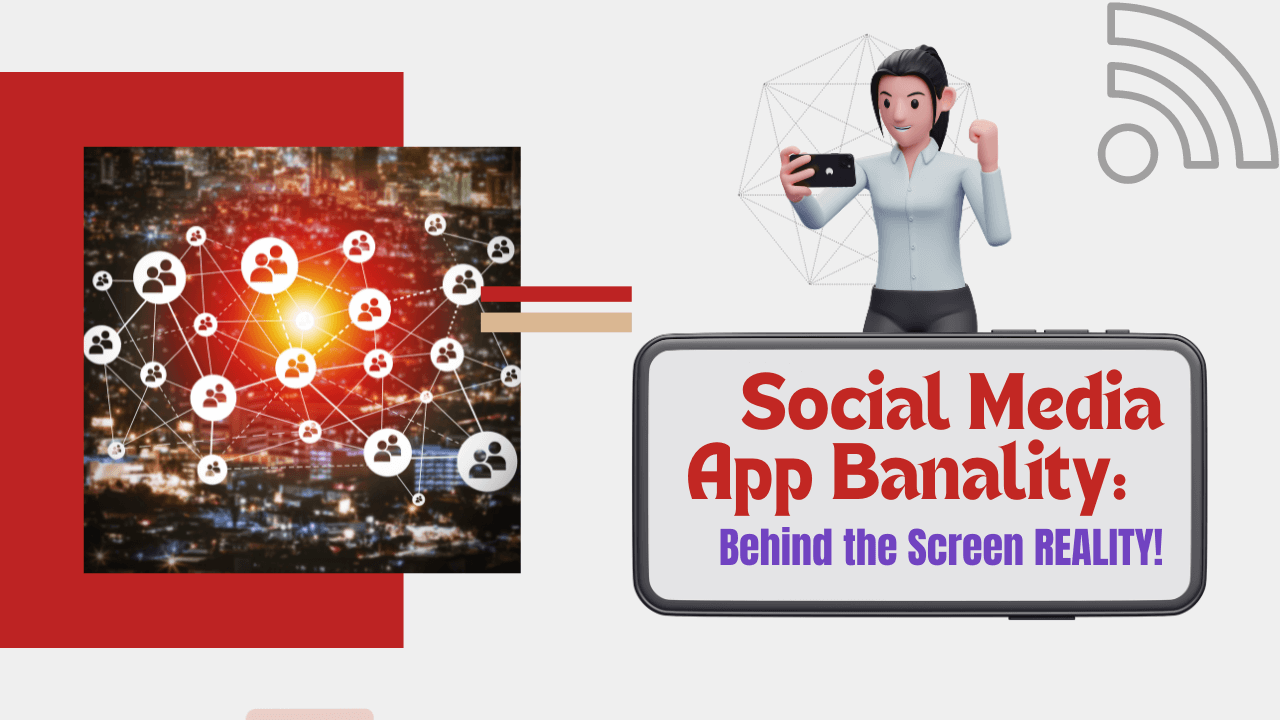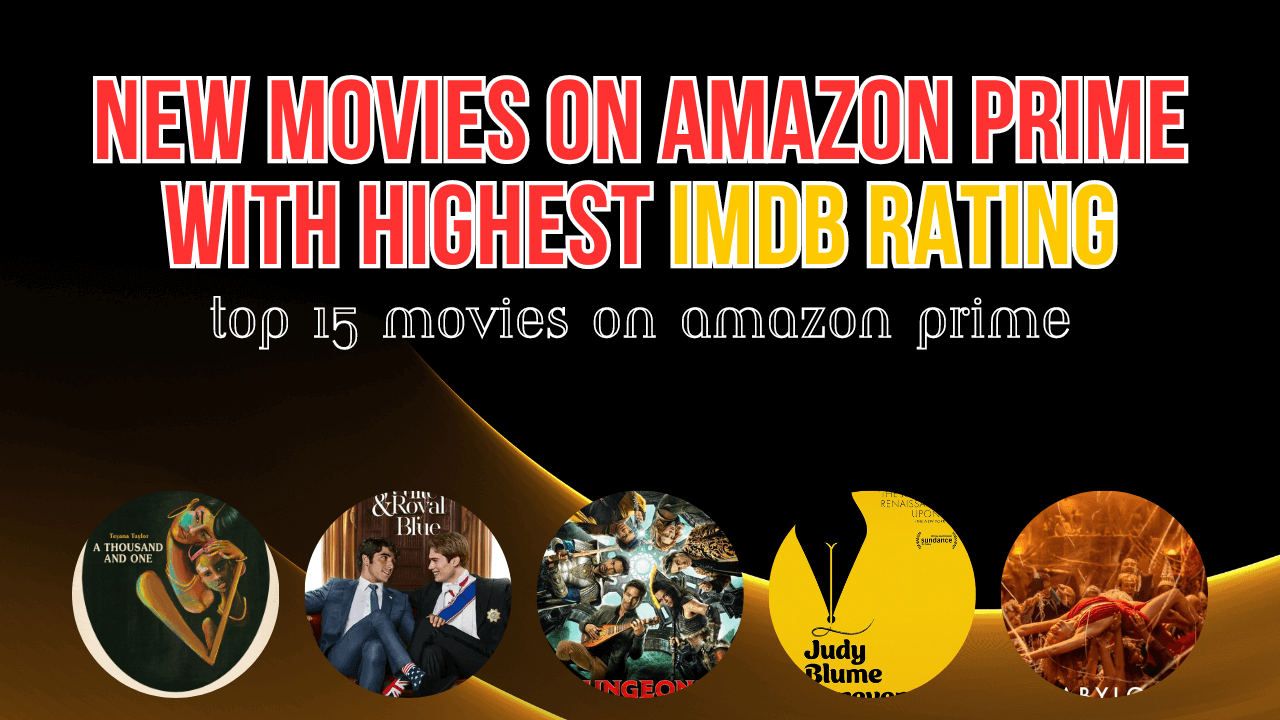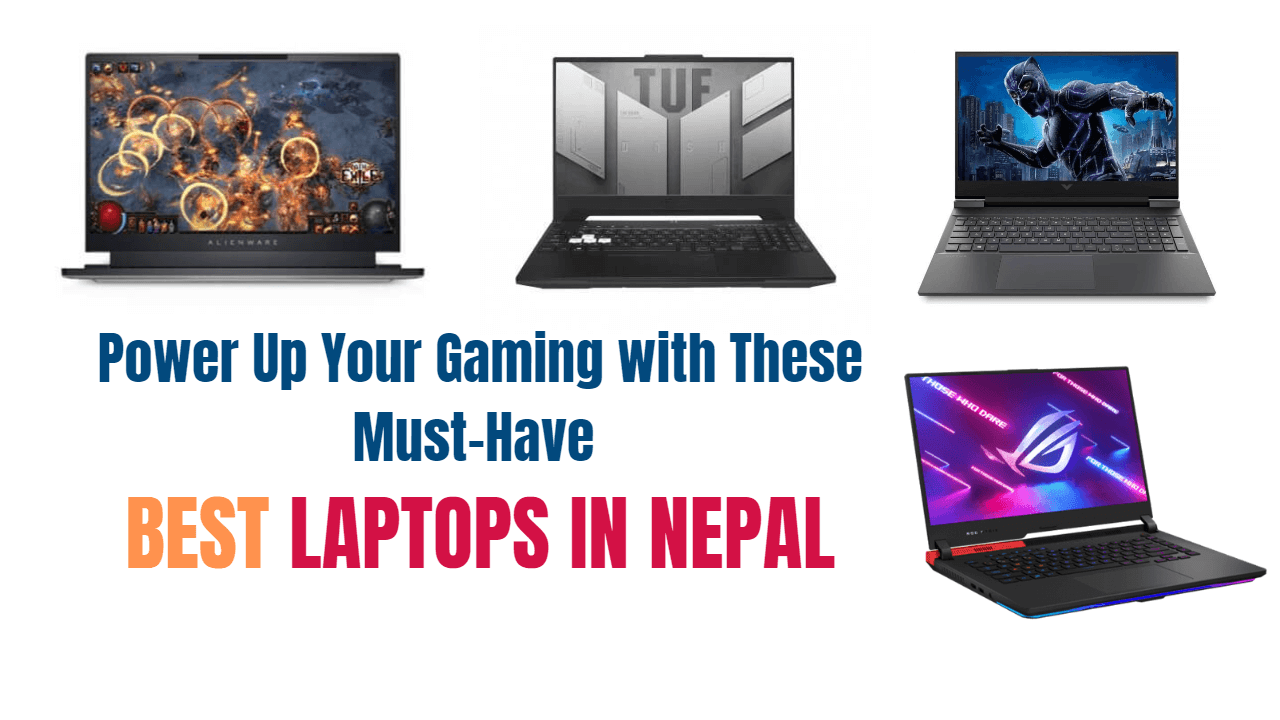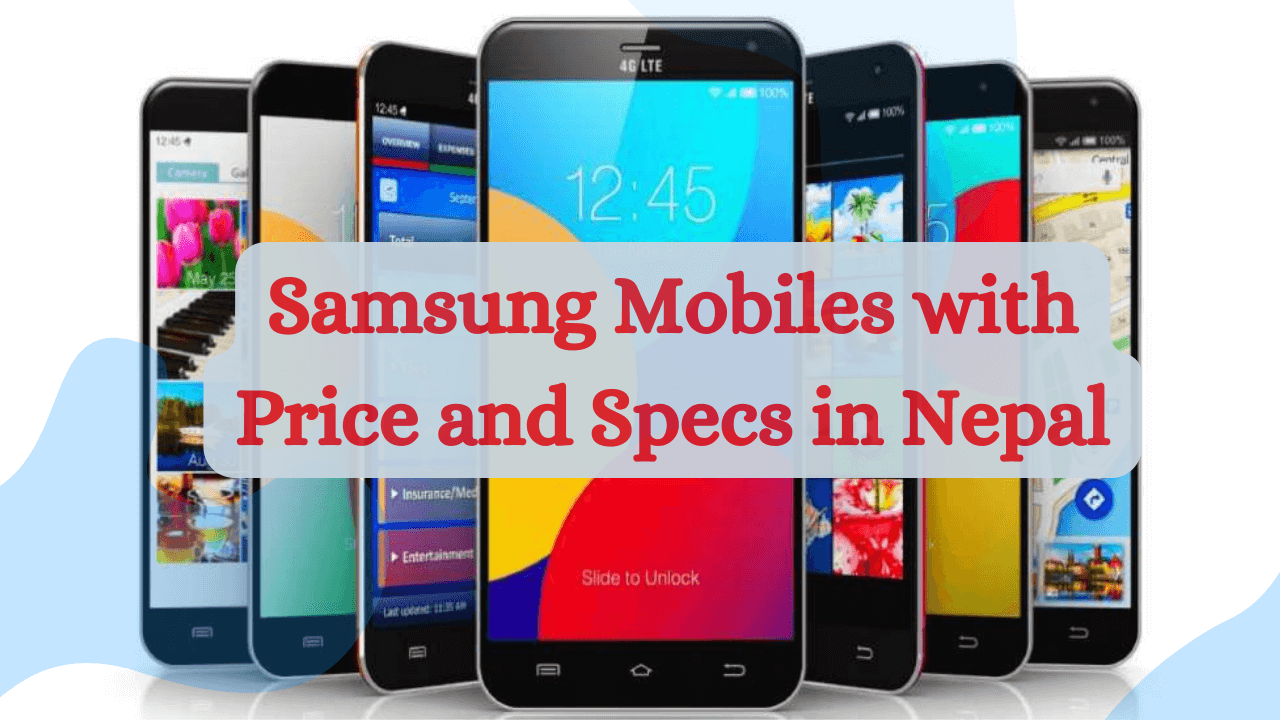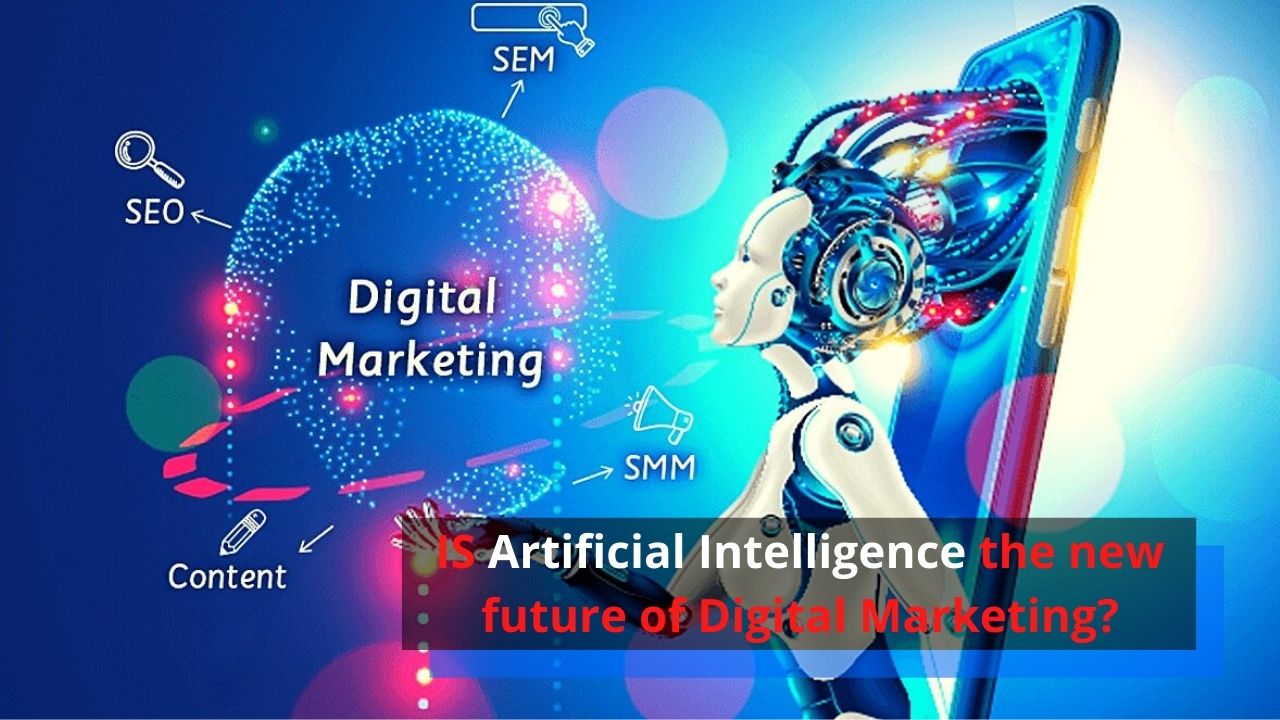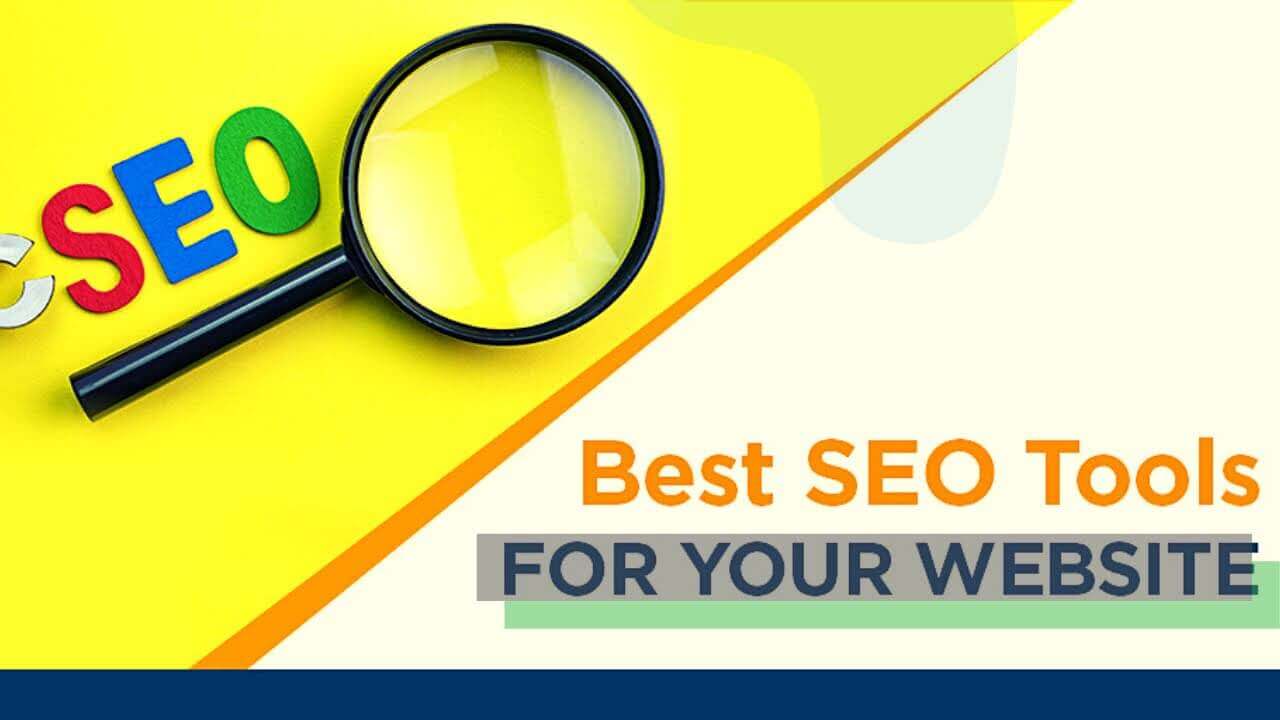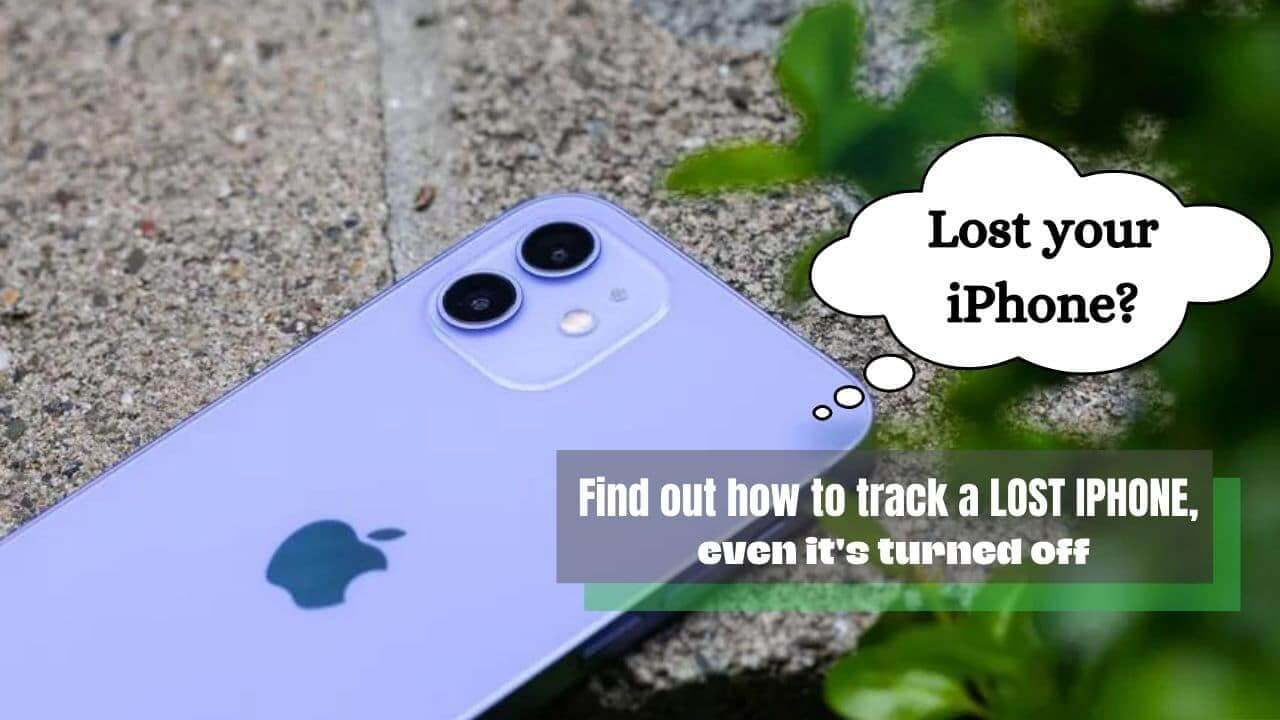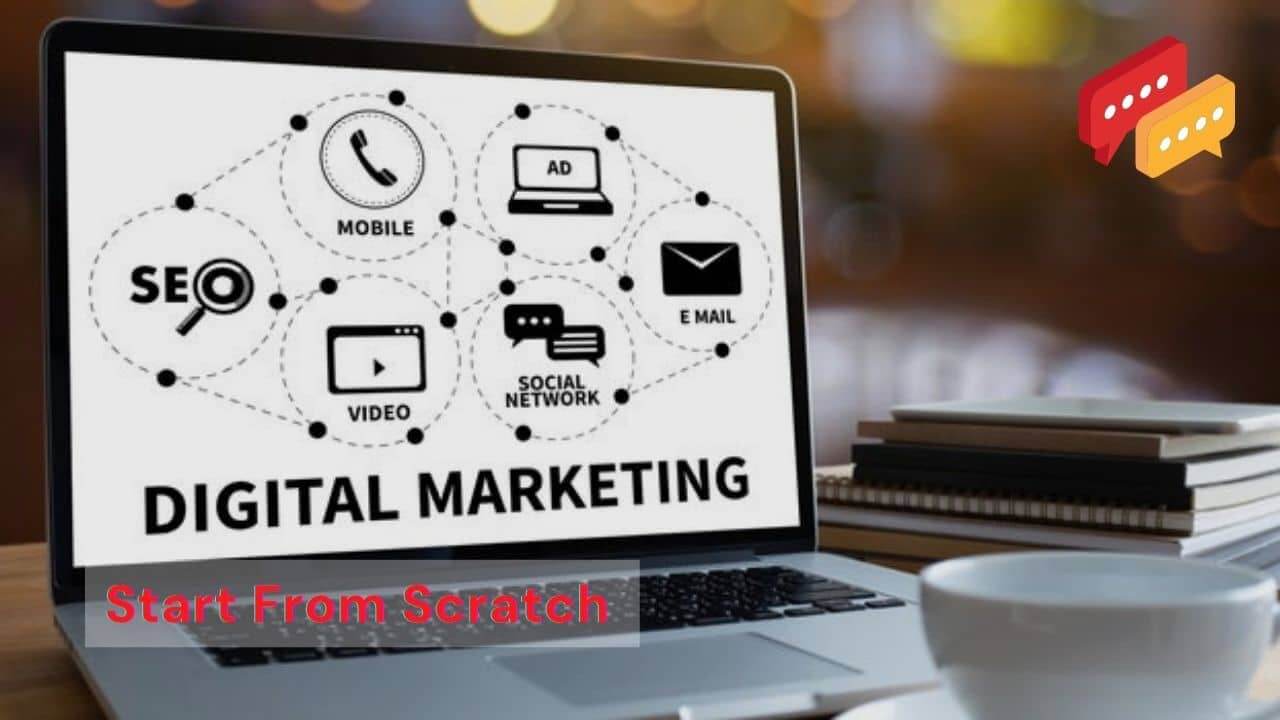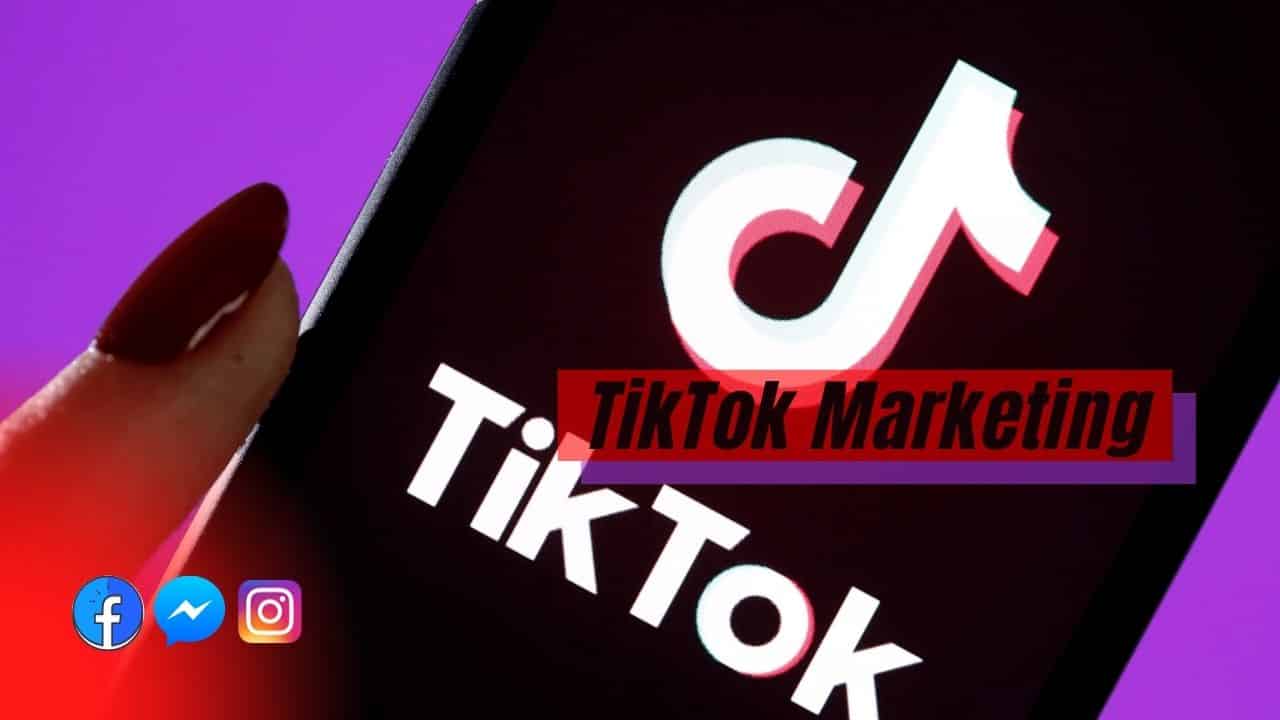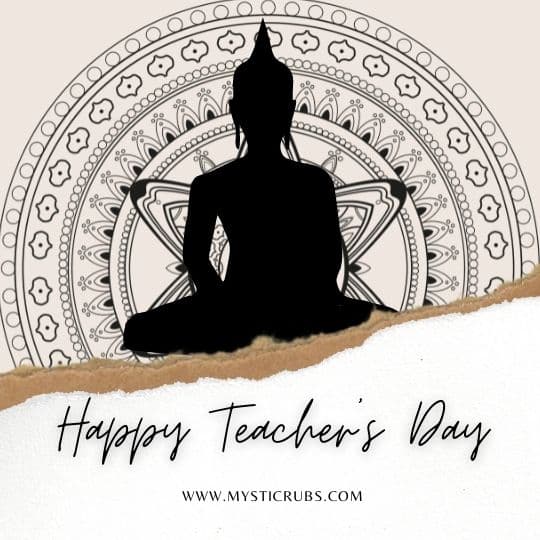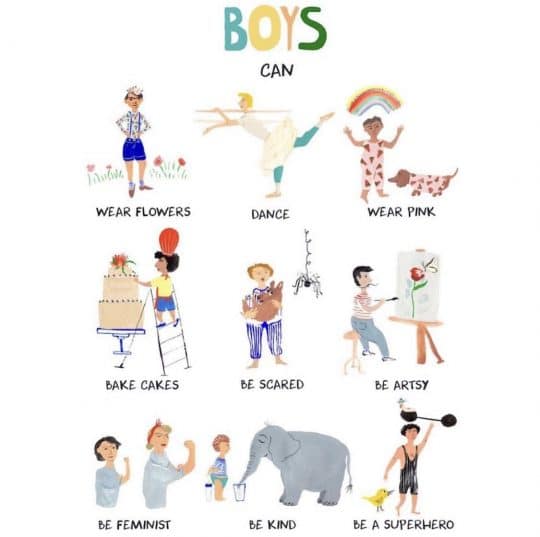Conquer Every Corner with 360 Digital Marketing Services
1 month agoSocial Media Marketing Strategy for Small Business Success
2 months ago -

How to improve my social media marketing strategy? Doesn’t it seem like every business is active on social media, but at the same time, you only really hear about a few businesses does best on social media marketing with best strategy and plan. Social Media Marketing (SMM) is marketing that targets social platforms like Facebook, Instagram, and TikTok for brand promotion, target audience growth, driving website traffic, and increasing sales.
Social Media Marketing strategy for Small business dramatically altered marketing by allowing businesses to directly engage with customers and vice versa. Brands that stand the test of time will use these platforms to create fresh connections and build long-term loyalty.
In this course, you can learn the basics of social media marketing which explains why making an investment in social media management can benefit your business. We shows how to define your audience and craft a social media strategy focused on your organization’s goals. We also teaches you how to communicate effectively on leading social networks such as Facebook, Instagram, and Snapchat; drive results with paid ads, and measure your success.
Social media marketing strategy for Small business
- Developing a social media strategy
- Defining your audience
- Choosing the right channels
- Building and maintaining a community
- Selling on social media
- Measuring activity
1. Developing a social media marketing strategy
If you’re trying to improve your social media marketing strategy, chances are you may reach no one. Instead, identify who exactly your audience is by creating customer personas as part of your social media marketing strategy for Small business.
- Semi-Fictitious Profiles
- Represent Ideal Customers
- Based on your experience & research
2. Defining your audience
The three-part process for choosing the right social networks is similar for everyone.
- Research a channel’s audience
to determine if your customers are actually active there. Most social networks provide data on their own audience’s demographics in terms of size, composition, and activity level on the platform, which you should reference. This research will help reveal high-level insights about these social networks, like how Snapchat and TikTok, for example, have younger audiences under 25 years old.
- Review research studies
About social media marketing provided by high-quality, third-party sources like eMarketer, Pew Research, Social Media Examiner, and Business Insider Intelligence.
- Discover how channels are distinct
Understanding what nuances make each social network distinct will help your company choose the right destination for communicating with your customers. Understanding what types of content are most often shared per channel, each platform’s specific features and the psychology of a channel’s user base can help guide your decisions.
3. Choosing right Social Media Marketing Channels?
Marketing has always been about creating demand for something by cleverly attracting and keeping people’s attention. You are more likely to succeed as a marketer when you closely monitor where your customers are focusing their attention, and then adapt your efforts to reach them on those channels.
A powerful way to earn the attention of your customers is by communicating on the most popular social networks with the largest active audiences and the widest range of business use cases. Facebook, Instagram, Twitter, LinkedIn, and YouTube should be the top considerations when choosing which channels are right for you because of their high number of monthly active users.
Choosing a social network with a large audience is crucial because it is more likely that a significant portion of your customer base is active on at least a few of these channels. And these more widely used social networks tend to offer a broader range of use cases, as you can often communicate with people in multiple ways by sharing different types of content.
Facebook is a good starting point. It is the most widely known and largest social network, with 2.4 billion monthly active users, and it has a wide variety of features and uses cases. A business can use Facebook to share text, video, images, live videos, and stories, as well as use its range of advertising options to effectively target any demographic on the platform.
Next is Instagram. Owned by Facebook, and arguably the most popular social media app currently available, its main user base is a community focused on sharing visual content like images, and short-form and long-form videos. It’s considered the online mall of today’s generation. According to Instagram, 60% of people surveyed say they find new products there.
Let’s move on to Twitter. Referred to as society’s megaphone, Twitter is a social messaging service where users are limited to 280 characters of text to be reposted amongst its audience. As a vital, up-to-the-minute news source for the world’s current events, the platform is best used by businesses to join trending conversations and communicate with customers one-to-one.
Another major social channel is LinkedIn, which is a professional network for users looking to connect with industry folks, showcase their expertise and improve their professional skills. Owned by Microsoft, LinkedIn is a business-focused platform for companies looking to target other businesses for recruiting qualified talent and highlighting a company’s work culture.
Last but not least is YouTube, which is the Google-owned platform for watching videos online from consumers, businesses and influencers, covering every subject from makeup to movies.
Messaging and chat-based networks
Chat and messaging-based social media networks must be a key part of a company’s marketing mix to reach people where they engage privately with their closest circles.
Facebook Messenger, WhatsApp, and Snapchat are popular chat-based social media apps where consumers communicate in short messages, one-to-one, or in small group chats similar to SMS texting on mobile devices. Unlike texting, these platforms are free to use, available internationally, provide a range of features, sometimes have stronger security, and offer a private space for family and friends to connect as long as there is an internet connection.
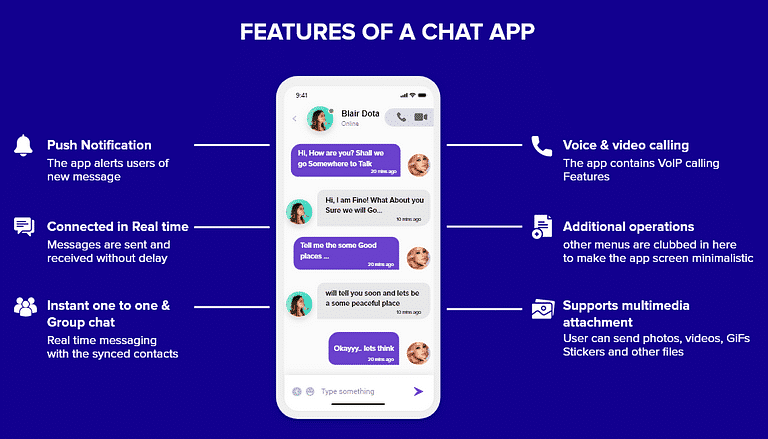
Facebook Messenger is commonly used by businesses to serve relevant advertising to users by highlighting ads in a person’s inbox. Another business use case of Messenger is having it act as an alternative to an email newsletter by having customers opt into receiving messages from organizations they want to hear from. One final popular use case of Messenger and a few other chat apps is offering customer service either live, by using canned responses, or with chatbots automating different concierge experiences like booking a haircut.
Secondly, there’s WhatsApp. WhatsApp is also owned by Facebook and it’s frequently used by small businesses to provide customer service support at scale either in real-time or with automated responses. Soon, advertisers will be able to serve ads within a WhatsApp status which is similar to the idea of Instagram Stories or Snapchat Snaps that disappear in 24 hours.
Snapchat is unique compared to the other messaging apps in that there are original content series on the platform in the Discover section where brands actively advertise. Companies usually advertise with short video ads in between the Snaps a person is viewing from their friends or other accounts they follow and interact with.
Niche Social Networks
- Less competition
- Higher chance to make an impact
- Higher user activity
- Caters to a particular demographic
For example, TikTok is very popular among teenagers, Yelp is great for reaching a local or regional audience and Pinterest is best used to reach people looking for inspirational visuals. In addition to a smaller audience, these channels often have a more specific use case for consumers and businesses which is why they have smaller audiences. Since these networks aren’t trying to be everything to everyone, it is to your advantage to get active on niche social networks as there’s less noise from other advertisers.
| search engine for product and design recommendations | |
| Tik Tok | users share and consume trending short videos and stories |
| Quora | question and answer-focused social network |
| Tumblr and Medium | both a mix between a social network and a blogging |
| news aggregator/ votes Promoted contents | |
| Yelp | crowdsourced review forum and business directory services |
| GIPHY | database and a search engine for GIFs & other looping video formats. |
Publishing on social media
Decide on 3 to 5 overarching categories of topics
- Introduce entertaining, educational, value-driven elements to your topics
- Choose topics relevant to your customers
- The topic should be complementary to what your company does and knows
Being thoughtful about aligning your marketing topics and themes with your brand can help build a better understanding of what your company uniquely offers. Earn permission to communicate with your audience on social media by ensuring the topics your messaging addresses are always engaging, relevant, and complementary.
Understanding Paid Advertising on Social Media Marketing
Paid advertising is when you purchase exposure to certain audiences or preferred placement of your message on social media. The primary way leading social networks generate revenue is to provide a diverse set of paid ad options. So much so that Facebook earned over 67 billion in ad revenue in 2019.
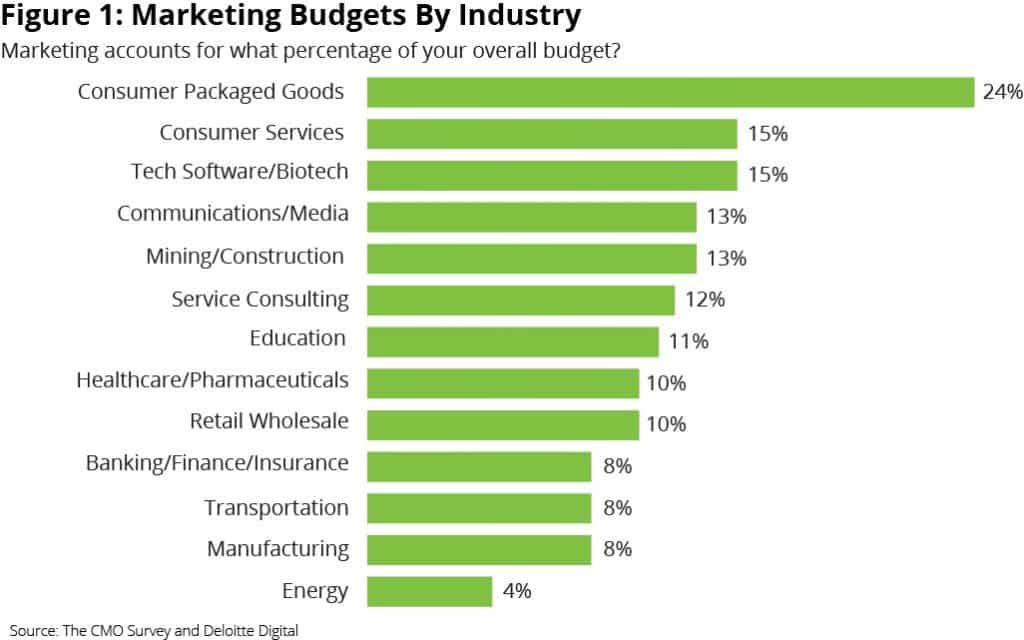
In contrast, posting organically is when your organization shares content on social media without paying for exposure. For example, your company shares an image on Instagram and it organically reaches less than 2% of your audience. Instead, you can pay for that post to be promoted amongst a higher percentage of your customer base with Instagram’s advertising options. More money spent strategically often means reaching more of the right people.
So, what’s the best way to pay to reach more of the right people on social media? Start by understanding that most social networks allow you to target a specific audience and choose the type of ad that corresponds with the message, offer, and goal of your campaign. And of course, each gives you the ability to measure results on cost per impression, cost per click, or a cost per conversion basis.
Ad budgeting
- Ad budgeting depends on the results you’re after and the cost associated with ads on that network.
- Set a budget based on what makes you comfortable and your company’s resources and then scale up.
- Monitor the progress of your paid ads regularly and adapt future campaigns based on those results.
4. Community on Social Media
What do I mean by the community on social media? A group or account run by your organization where people can come together over a common interest to share their perspectives, discuss a topic, and support each other.
These communities can exist almost anywhere on social media, whether as a LinkedIn group, Twitter account, group Pinterest board, or YouTube channel.
Community Benefits
- to demonstrate support
- educating customers
- showing empathy
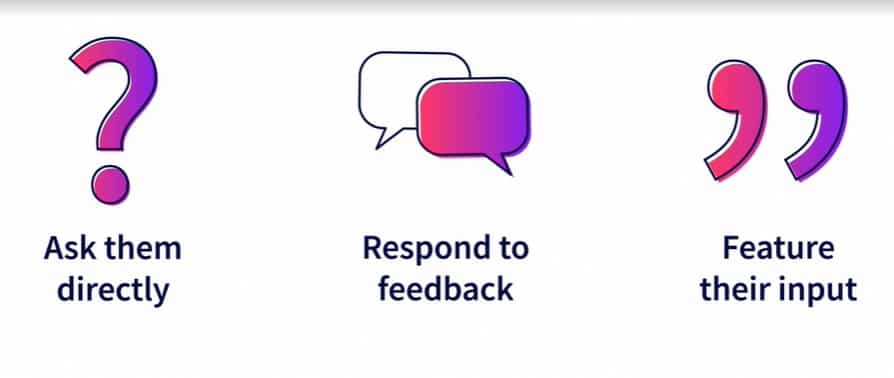
Providing social-first customer service
Delivering customer service on social media is different because it’s often public. When a person posts about their displeasure or excitement over your company’s products, that exchange is available for all to see and judge based on how you respond. Yet, many companies still ignore complaints shared on social media, leading to a customer’s net promoter score dropping by 43% when their comments go unanswered.
First, you need to know where exactly customers are complaining and provide feedback about your business in order to listen and respond to what they’re saying.
- Utilize Keyhole and Mention
- Looking manually at each network
Keyhole and mention tools help you find mentions of your business across channels, looking manually on each network works too.
For companies that serve consumers, networks like Facebook, Instagram and Twitter are often where they receive the most feedback. If a business has a retail location, that’s when it’s important to check Yelp, Google, TripAdvisor, OpenTable, and other locally-focused networks where customers leave reviews. For organizations serving other businesses, check out the reviews and commentary on LinkedIn, G2 Crowd, Product Hunt, Capterra, and elsewhere.
Handling the complaints:
- Publicly acknowledge the message
- Move to a private forum
- Keep on the same network
- Answered within 24 hours
5. Selling on social media
Stories sell, and social media has really proven that to be true as millions of businesses have driven sales from these platforms by promoting their engaging stories to the right people at scale. Most surveyed customers, 65% to be exact, said they like social media ads that show them products they’re interested in and might not have discovered elsewhere. Basically, direct sales are most likely from paid ad campaigns on social media when they are relevant to the customer being targeted and one part of your mix of engaging messaging.
On the other hand, assisted sales are when social media is one of the multiple marketing channels a customer interacts with before making a purchase, but not the last touchpoint.
Assisted sales= assisted conversions
This might mean a customer visited a company’s website, then interacted with their Instagram posts, and then a month later made a purchase through their email newsletter.
The customer’s interaction on Instagram didn’t drive them to make a purchase at that time, but it assisted them in getting familiar with the company, making their last interaction over email more effective.
- Partnering with influencers
- Customers will always trust people over brands.
As 63% of consumers trust an influencer’s opinion of a product, over what a brand says about it. Influencers are a key part of the sales cycle on social media today, due to the trust they’ve earned from consumers, and the response they’re able to elicit from their massive following. An influencer is an individual that’s built a loyal audience they can communicate with on social media, a podcast, an email newsletter, a blog, or elsewhere. While influencers exist in every industry and discuss a range of topics, from cars to makeup, to food, what’s similar about them is their ability to persuade their audience to take action.
For businesses, there’s a variety of ways to partner with influencers regardless of their budget, and resources to increase brand awareness, drive engagement and earn sales.
Influencer Partnership (Sponsored)
- Paid endorsement of company products and services
- A post is considered sponsored when an influencer is paid to share it to promote a business, which should be disclosed somewhere in the advertisement.
Influencer Partnership (Review)
- Sending free products to an influencer for them to consider reviewing, to highlight its pros and cons for their audience.
- This is a widely used tactic by makeup companies, which frequently send their newest collections to beauty influencers actively on YouTube and Instagram.
Now it’s your turn. To seek out influencers with credibility, and through a genuine partnership, earn the trust of their audience.
6. Social Media Monitoring tools
- Quintly
- Keyhole
- Sprout Social
- Agorapulse
- Buzzsumo
- Mention
Shifting to passive and private
The shift has already happened. Following Facebook’s Cambridge Analytica scandal, numerous data breaches, and increased awareness of social media’s addictive nature, the use of these platforms has changed. People are passively consuming content and communicating more privately with their inner circle instead of sharing publicly as often as they once did on social media. It is important that you’re marketing on social media or elsewhere isn’t dependent on chasing these latest trends or a new, buzzy channel.
- Your primary focus should always be to serve your customers with the right message, in the right place, at the right time.
- share entertaining and educational messaging distinct to your organization.
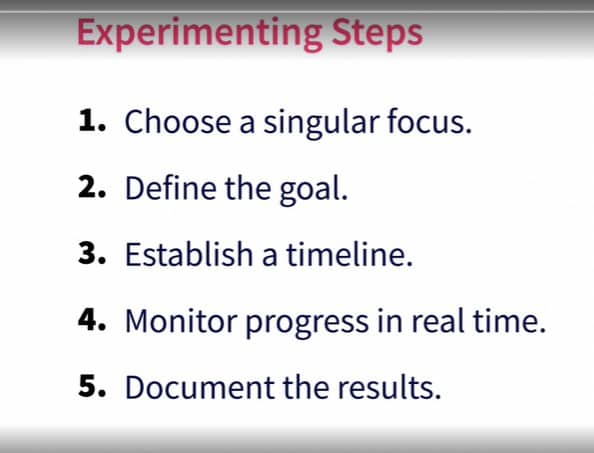
Experimenting on social media
- Use Features in a new way
- Consider posting an industry hot topic
- Supports an important cause
What are the best social media marketing tools to promote your business online?
Social media has become an integral part of our everyday lives. It is the most effective way to stay in touch with friends, family, and coworkers. However, it is also an excellent business marketing tool. There are numerous excellent Social media tools for marketing you can utilize to advertise your company online in 2022-2023. Some of the most well-known are Hootsuite, LinkedIn, Twitter, and Facebook. Each platform offers various features and capabilities that could help you promote your business on the internet.
Social media has over 4 billion active users worldwide, making it an ideal place to promote your business and engage with your audience using a variety of social media marketing tools. The use of social media platforms and websites to promote a product or service is known as social media marketing (SMM).
E-marketing and digital marketing are not only popular in academia, but they are also becoming more popular among practitioners and researchers. It’s no surprise that social media marketing tools are gaining popularity among marketers. These tools enable you to get more out of your social efforts without spending countless hours managing them.
Are you looking for the best social media tools to help you grow your brand’s following and engagement?
We have your back!
A good social media marketing strategy takes time and effort to plan and execute, but the right tools can help. There are numerous tools available to help you manage your social media accounts, monitor analytics, create content, and boost posts.
So, to assist you, we’ve compiled a list of some of the best social media management tools.
- ContentStudio
- Sprout Social
- Hootsuite
- Post Planner
- Buffer
- Leadpages
- Social Bee
- Hashtagify
- Figma
- ZeroFOX
- Hootsuite – Hootsuite is a social media management platform that makes it easy to schedule posts, manage followers and shares, and track your analytics.
- Buffer -Buffer is an app that lets you schedule posts ahead of time and shares them across different social media platforms with ease.
- SocialBee – SocialBee is a social media management tool that allows you to see all of your social media channels in one place, track your analytics, and create custom reports.
- Sprout Social – Sprout Social is a platform that makes it easy to optimize your social media pages for search engine visibility.
- Hootsuite Insights – Hootsuite Insights lets you see how your posts are performing on a global scale and measure their impact.
- MailChimp – MailChimp is a popular email marketing platform that can be used to send automated emails to your followers.
- LeadPages – LeadPages is an innovative platform that can be used to create landing pages that convert visitors into customers.
Latest Articles:
- AI is Product or Feature ? Comparison of AI as Product vs Feature
- Conquer Every Corner with 360 Digital Marketing Services
- Social Media Marketing Strategy for Small Business Success
- Top 12 AI Tools for Video Creation You Won’t Regret !
- 11 Free Social Media Tools Every Business Must Try !
- Working as a Digital Marketing Expert in Nepal 2024: Nepali Market

